50+ SAMPLE Financial Agreement
-
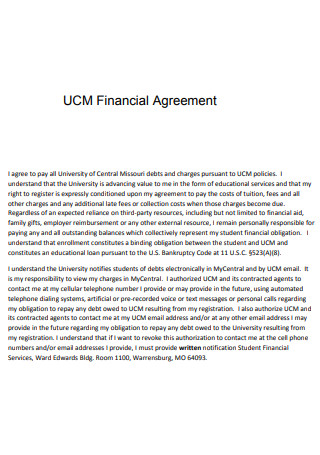
Financial Agreement
download now -
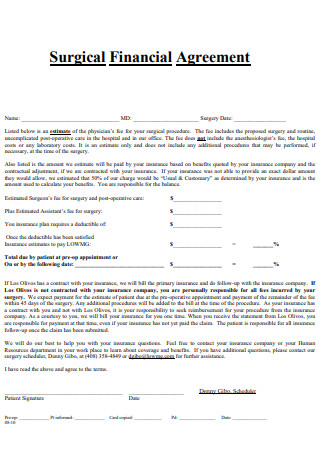
Surgical Financial Agreement
download now -
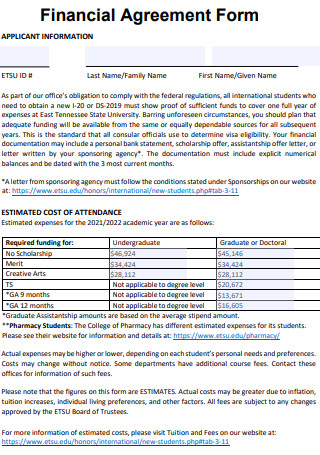
Financial Agreement Form
download now -

Financial Agreement & Acknowledgement
download now -
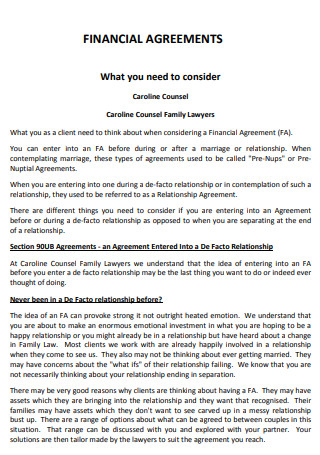
Family Financial Agreement
download now -
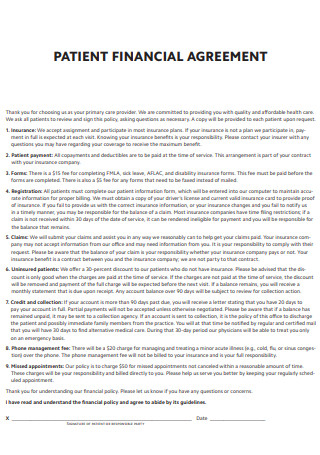
Patient Financial Agreement
download now -
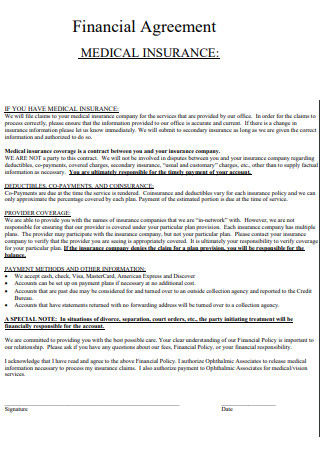
Medical Insurance Financial Agreement
download now -
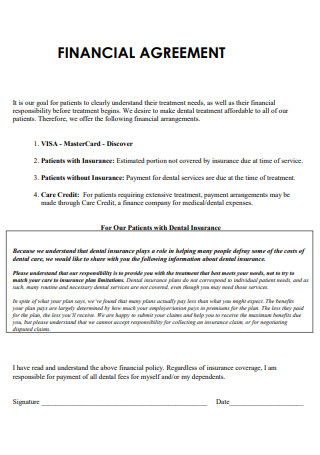
Sample Financial Agreement
download now -
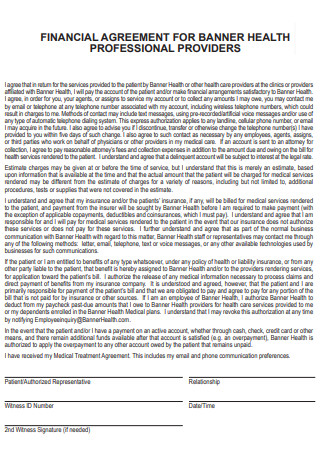
Financial Agreement for Health Providers
download now -
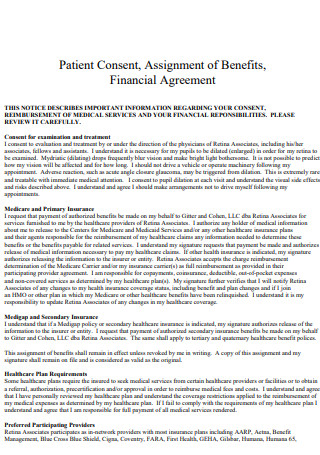
Financial Agreement Benefits
download now -
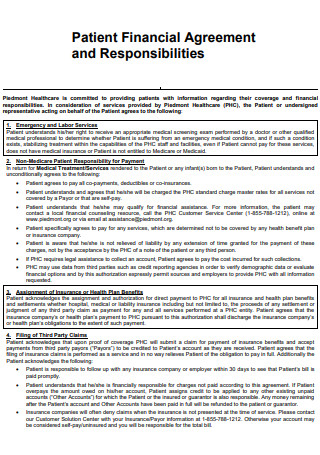
Patient Financial Agreement and Responsibilities
download now -
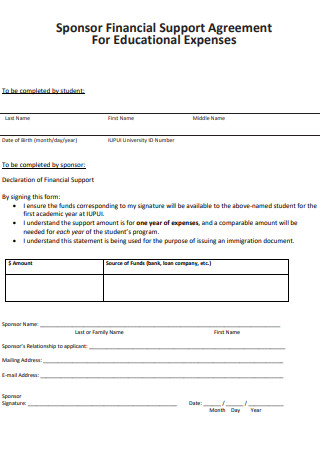
Financial Support Agreement
download now -
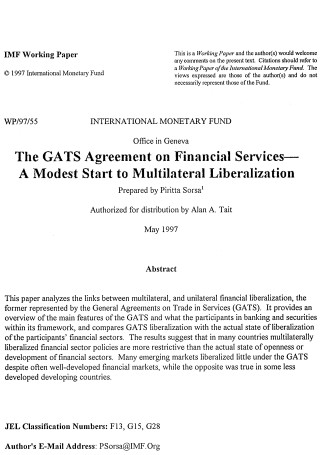
Financial Services Agreement
download now -

Primary Care Financial Agreement
download now -

Financial And Administrative Agreement
download now -
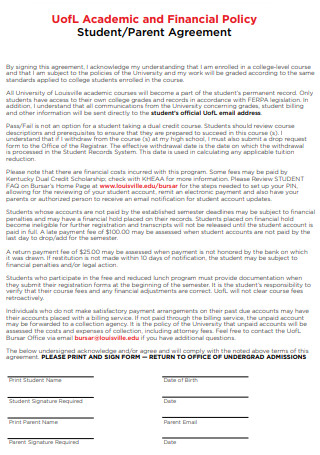
Financial Policy Academic Agreement
download now -
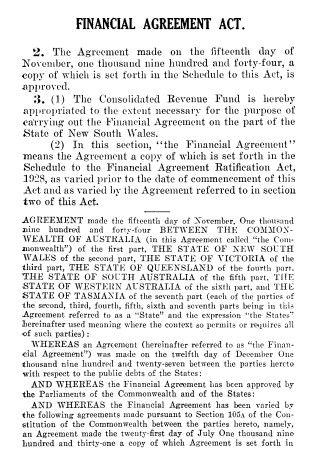
Financial Agreement Act
download now -
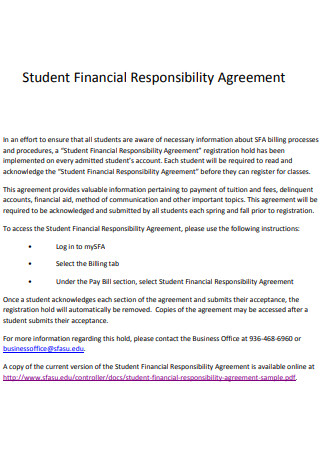
Student Financial Responsibility Agreement
download now -

Full-time Program Financial Agreement Form
download now -
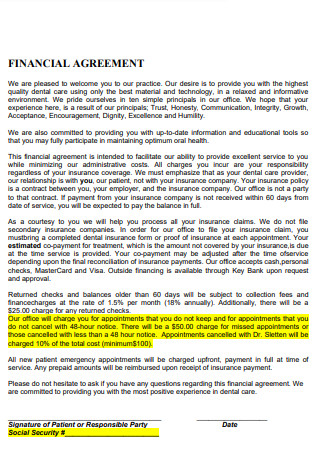
Simple Financial Agreement
download now -
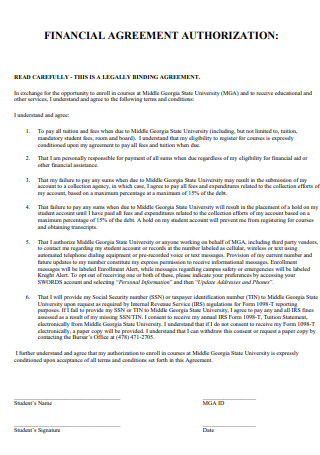
Financial Agreement Authorization
download now -
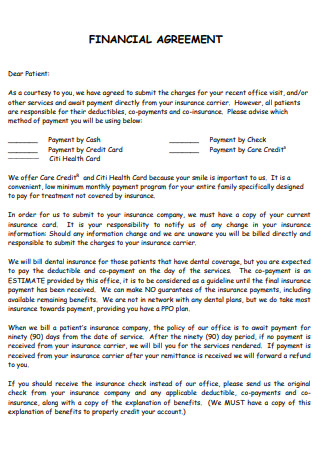
Basic Financial Agreement
download now -
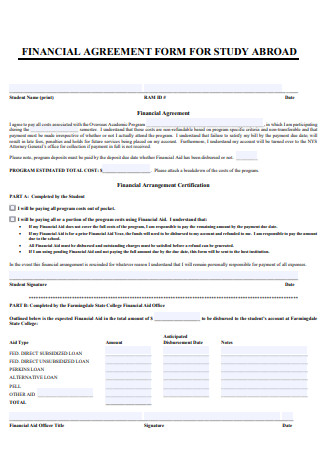
Financial Agreement for Study Abroad
download now -

General Financial Agreement
download now -
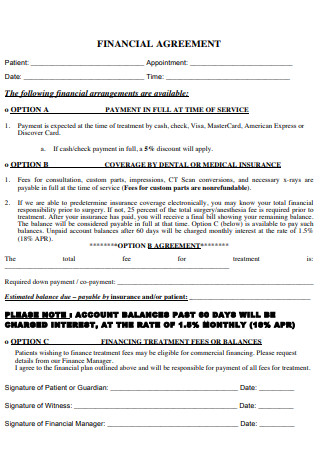
Medical Financial Agreement
download now -
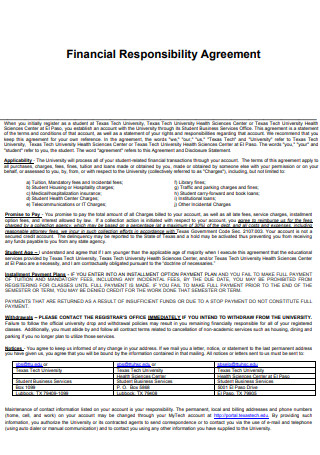
Financial Responsibility Agreement
download now -
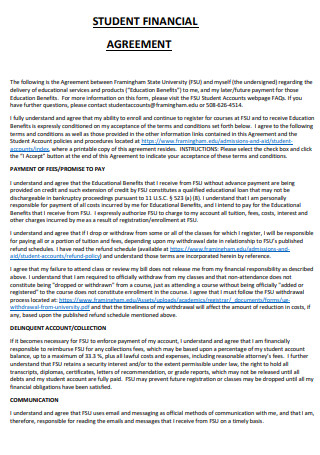
Student Financial Agreement
download now -
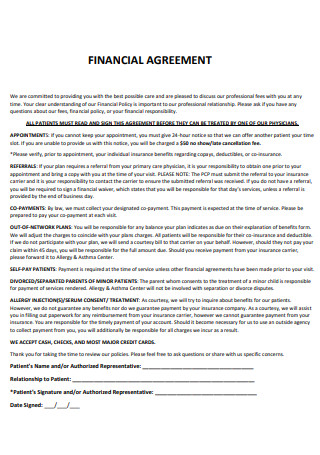
Adult And Pediatric Financial Agreement
download now -
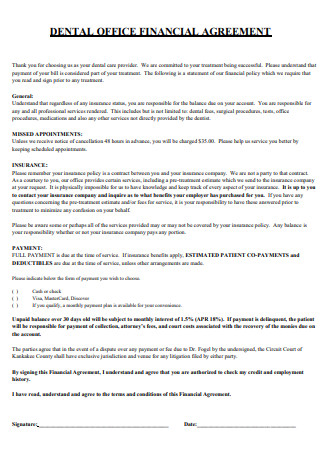
Dental Office Financial Agreement
download now -
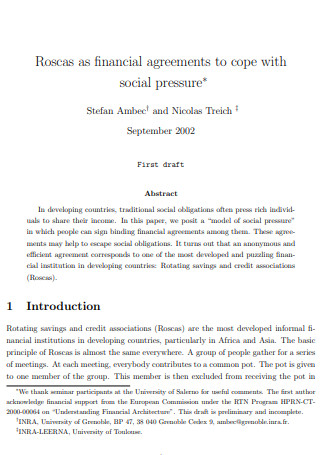
Social Pressure Financial Agreement
download now -
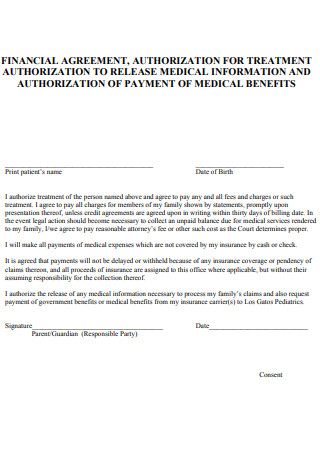
Financial Agreement to Release Medical Information
download now -
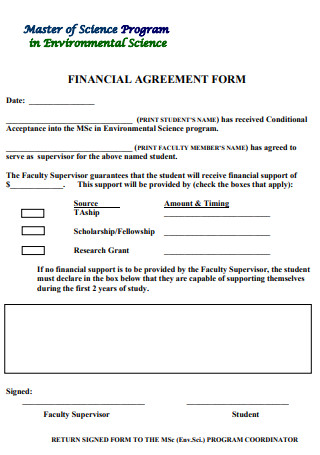
University Financial Agreement Form
download now -
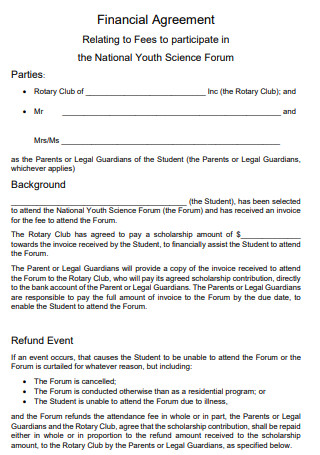
National Youth Science Financial Agreement
download now -

Cardiovascular and Thoracic Financial Agreement
download now -
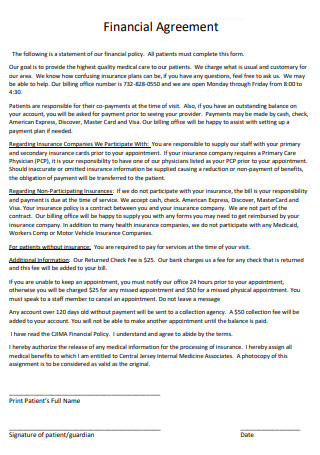
Financial Agreement Example
download now -
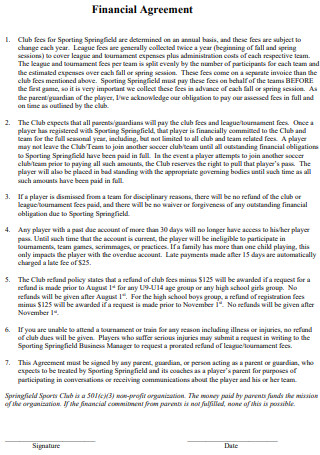
Sporting Financial Agreement
download now -
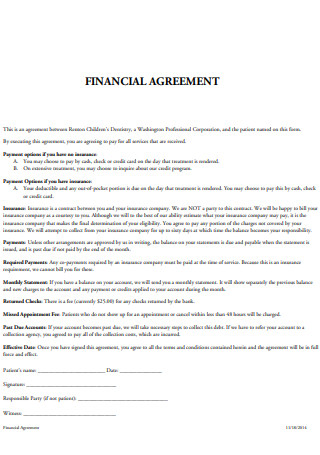
Children’s Dentistry Financial Agreement
download now -
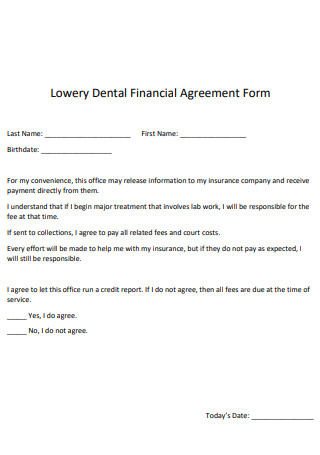
Lowery Dental Financial Agreement Form
download now -

Financial Agreement Template
download now -
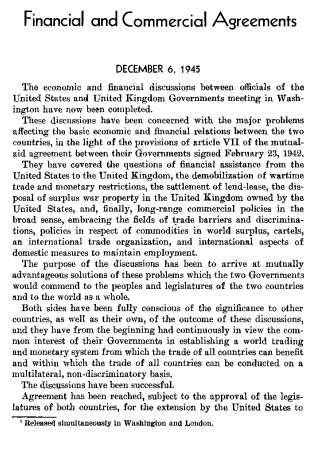
Financial and Commercial Agreements
download now -

Telecommunications Organisation Financial Agreement
download now -
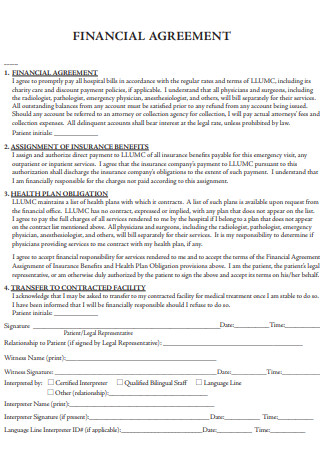
Standard Financial Agreement
download now -
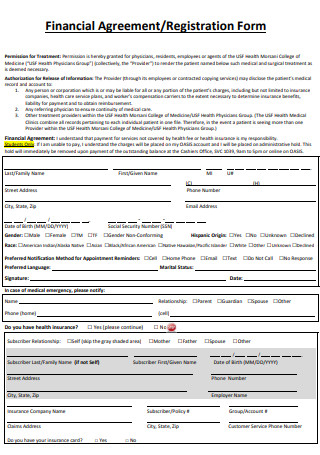
Financial Agreement Registration Form
download now -
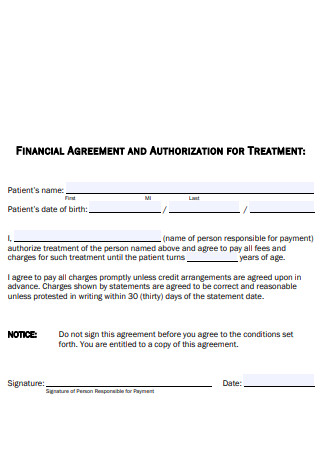
Financial Agreement And Authorization For Treatment
download now -

Office Financial Agreement
download now -
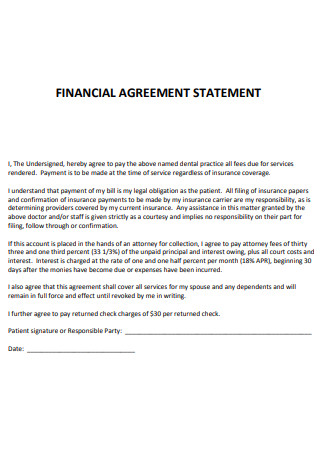
Financial Agreement Statement
download now -
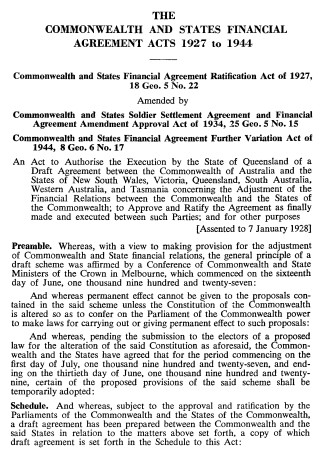
Commonwealth And States Financial Agreement
download now -
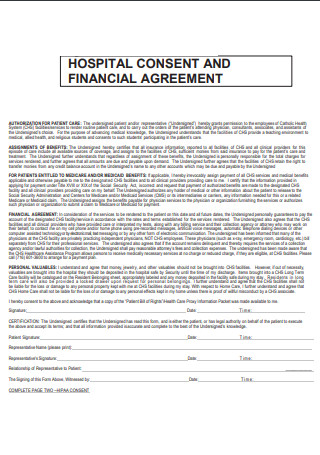
Hospital Consent Financial Agreement
download now -
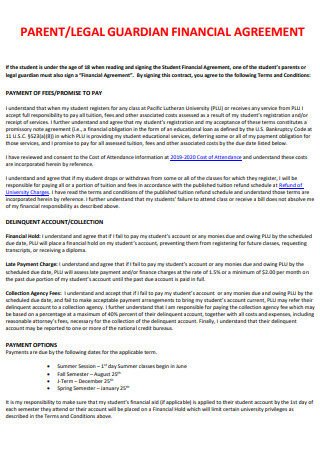
Guardian Financial Agreement
download now -

Financial Policy Agreement
download now -
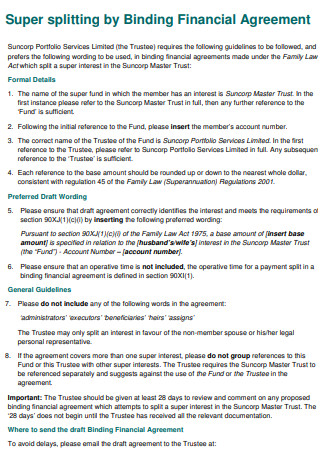
Binding Financial Agreement
download now
FREE Financial Agreement s to Download
50+ SAMPLE Financial Agreement
What Is a Financial Agreement?
Tips For Creating a Financial Agreement
Types of Financial Agreements
How to Create a Financial Agreement
FAQs
How do I write a financial agreement?
Can you write your own financial agreement?
Is a financial agreement a contract?
What Is a Financial Agreement?
A financial agreement is a formal agreement that is made between two parties with regard to settling funds or any financial aspect of a particular project, venture or partnership.
According to an online article by CNBC, divorce can be financially devastating. When spouses decide to go separate ways, the issue of property and assets can be very contentious. There are five key issues that couples must take into consideration during the divorce process. These issues are deciding between mediation versus litigation, long-term budget, asset protection, taxes, and updating key documents.
Tips For Creating a Financial Agreement
Like in any formal agreement, there are certain procedures and standards that need to be followed. In order to ensure that your financial agreement is practical and sustainable, there are certain proactive steps you can take. The following examples below are some simple tips to make the most out of your financial agreement.
Types of Financial Agreements
The creation of a financial agreement can apply to dozens of scenarios. From professional partnerships to personal assets, financial agreements are some of the most common but contentious contracts. The examples below describe the most common sample financial agreements that many people face.
How to Create a Financial Agreement
To begin writing a financial agreement, you must keep in mind a number of steps. And if you are looking for greater convenience and efficiency, using a ready-made template will save a lot of time and energy. Easily browse and choose a sample template of your choice from the selection above and follow the basic tutorial guide below.
Step 1: Identify the Parties Involved
As an opening paragraph, you need to first determine who the participating parties are in the financial agreement. Assign each party a name or term, depending on the type of agreement. For instance, a sponsor and a beneficiary enter into an agreement that states that the former is to cover all expenses and costs of the latter’s education. In other words, both the identities of the financier and the scholar must be fully disclosed in the written agreement. The format of this section may vary depending on the preference of the parties, but generally the complete name and address must be stated.
Step 2: Provide a General Background
After establishing the identity of the parties involved, the next step is to offer some context with regard to the partnership or relationship. What kind of financial agreement is being established? Why is there a need to put the agreement into formal writing? Giving a brief history or overview of the relationship between the parties can help the reader better understand the dynamics of the partnership. Anything relevant that pertains to the financial circumstances of both parties can be included. It is not absolutely necessary to go into much detail in this section. Although as much as possible, you want this section of the agreement to be clear and direct to the point.
Step 3: Outline the Terms and Conditions
A key component of your financial agreement is the provisions. Some might argue that this is the meat of the entire agreement. This section is critical because it outlines the different terms and conditions that both parties must adhere to. Each party has a role to play in the arrangement; but these responsibilities come with certain conditions. There must be clear-cut terms to deter any breach of contract. Some examples of common provisions include amount to be borrowed, payment scheme, release of liability, repayment terms, termination of contract, duration of financial support, contract amendment guidelines and terms of distribution.
Step 4: Formalize the Agreement
Once you have laid out the terms and conditions, the last section of the financial agreement should be reserved for the confirmation of the agreement. A formal declaration indicating that both parties have reached a mutual agreement is enough. It does not have to be a lengthy statement. However, there must be enough space for both parties to affix their signatures and designation. And although witnesses are not always called for in these types of scenarios, some situations would require legal endorsement. In cases such as divorce settlements, legal procedures can get quite technical and witnesses may be called to affirm the agreement.
FAQs
How do I write a financial agreement?
To write a financial agreement, you need to establish the parties entering into the agreement and determine the provisions that will guide both parties. Refer to the steps above for a more detailed description on how to create a financial agreement.
Can you write your own financial agreement?
Technically, no. Most financial agreements and contracts need to go through various consultations either with the other party or with third parties. In a lot of cases, legal counsel is often sought when drawing up a formal financial agreement.
Is a financial agreement a contract?
A financial agreement is a contract. It represents the documentation that two parties or more have reached a mutual agreement on financial matters. In many cases, it is legally binding as well.
A written financial agreement is important to have as insurance for a lot of business and financial transactions- sponsorships, lending, healthcare coverage, etc. It not only needs to be clear and coherent, it should be comprehensive as well. Browse the dozens of sample templates above and get started on your own financial agreement today!
